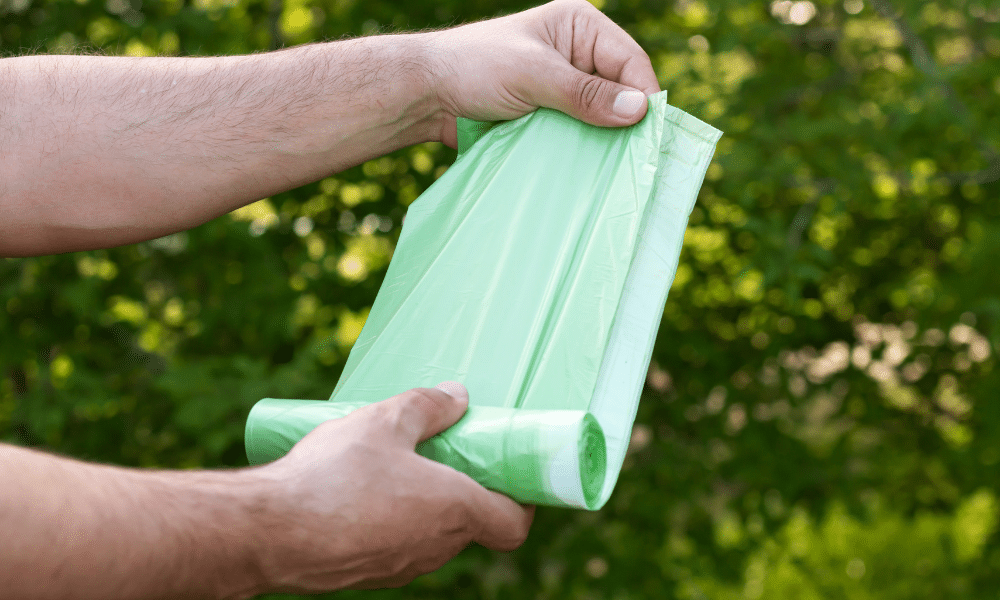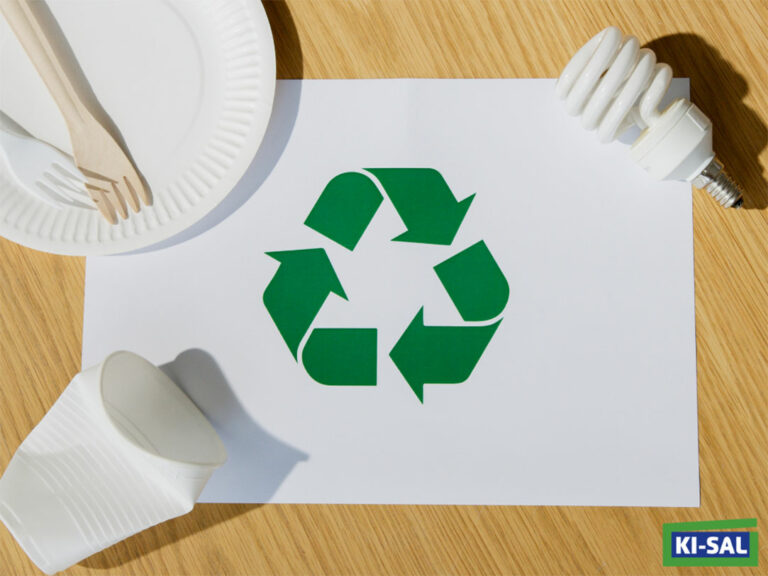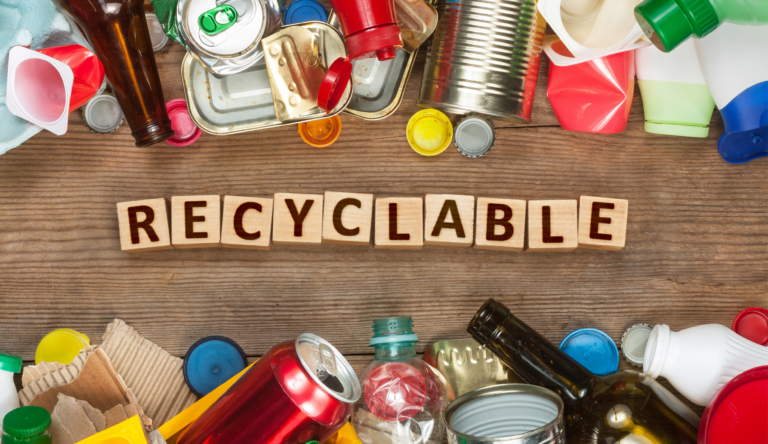Packaging materials: Bio-plastics
The aim is to address the amount of plastic waste being generated, and often, a solution proposed is the use of bio-plastics. The concept of bio-plastics is quite complex. To define and understand what bio-plastics means, you must understand three different concepts: biobased, biodegradable, and compostable.
Biobased plastic refers to plastic made from natural materials such as sugarcane, starch, and cellulose. This type of plastic can be partially or entirely derived from biobased sources. The definition of biobased plastics allows for some flexibility regarding how much of the plastic must originate from biobased materials. For example, bio-PET can contain only 30 percent biobased content and still be classified as a biobased plastic. It’s important to remember that biobased doesn’t automatically mean that the plastics are also biodegradable.
Biodegradable plastic refers to a specific end-of-life behavior of plastic. In this process, various microorganisms break down the plastic, and under ideal conditions, this decomposition produces carbon dioxide, water, and biomass. If the breakdown occurs in the wrong conditions, methane can be produced instead of carbon dioxide. The biodegradability of plastic depends on various factors such as time and the environment in which it is exposed to decomposition. If a product is defined as biodegradable, all of its components must be designed to break down within specific timeframes and under specific conditions. Therefore, clear criteria and environmental conditions should always be established for these materials to enable their decomposition.
Compostable plastic, on the other hand, refers to plastic that breaks down either in industrial composting or home composting. When composting this type of plastic, it must be safe for the composting process and the quality of the resulting compost. This requires that the compostable plastic material is biodegradable and does not contain toxic substances or exceed the set limits for heavy metals. Additionally, it’s important to define clear time frames and environmental conditions under which compostable plastics can break down.
European Commission aims to clarify the use of bio-plastics
Commission released a communication on biobased, biodegradable, and compostable plastics on November 30, 2022. This aims to clarify the definitions of biobased, biodegradable, and compostable plastics and emphasize their actual positive environmental impacts. The communication underscores that merely using the term “bio” is not sufficient to indicate the environmental friendliness of a material; instead, a more precise understanding of the effects of these plastic types is needed.
The communication suggests the following:
“A product labelled as ‘biobased’, ‘biodegradable’ or ‘compostable’ needs to satisfy key conditions:
for ‘biobased’, the term should be used only if the exact and measurable share of biobased plastic content in the product is specified, so that consumers know how much biomass has actually been used in the product. In addition, the biomass used must be sustainably sourced, with no harm to the environment. The sourcing of these plastics should comply with sustainability criteria. Producers should prioritise organic waste and residues.
for ‘biodegradable‘, it should be made clear that such products should not be littered and it should be specified how long the product needs to biodegrade, under which circumstances and in what environment (such as soil, water etc). Products that are likely to be littered, including those covered by the Single-use Plastics Directive, cannot be claimed to be or labelled as biodegradable.
for ‘compostable‘, only industrially compostable plastics, which comply with relevant standards, should be labelled as ‘compostable’. Industrially compostable packaging should display the way in which the items should be disposed of. In home composting, it is harder to reach full biodegradation of compostable plastics. Home composting for plastics not covered by EU rules should only be considered in the context of specific local conditions under the supervision of the authorities and provided that the use of such plastics has clear added value.“
Direct quotation:
Communication on the policy framework for biobased, biodegradable, and compostable plastics
https://ec.europa.eu/commission/presscorner/detail/en/qanda_22_7158









